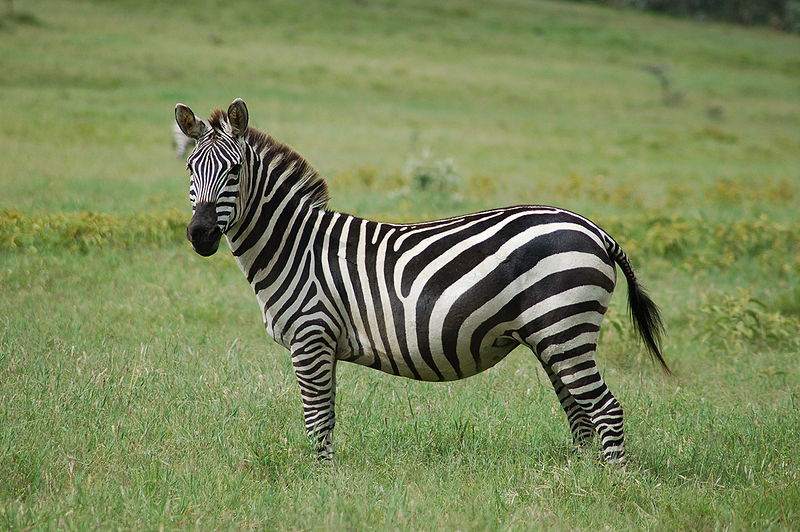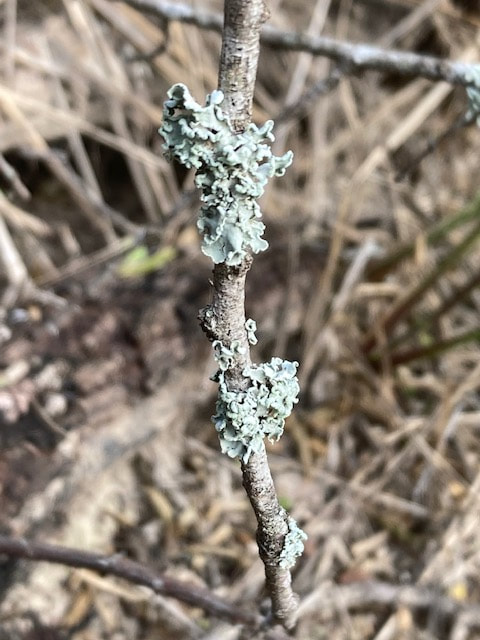Today is International Zebra Day which is to bring awareness and raise conservation efforts on the zebra and its vanishing habitats.
The Zebra shares its genus with horses and asses.
There are 3 species of zebra alive today and they are the plains zebra, the Grevy's zebra and the mountain zebra. The plains zebra is the most common and perhaps the most well known.
All zebras alive today are found only in the southern half of the African continent.
Zebra stripes are unique to each zebra with no two being the same, rather like human fingerprints. No one can really say why they have stripes, some say for camouflage from lions others think it's to repel biting horse flies but no one knows for sure.
A newly born foal can stand within six minutes of being born and can run within an hour of being born.
See below for more information on these amazing animals of the plains and mountains of Africa.
www.awf.org/wildlife-conservation/zebra
KIDS CORNER
www.youtube.com/watch?v=kWxnadQI5Qw
By Brendon Crook.



 RSS Feed
RSS Feed